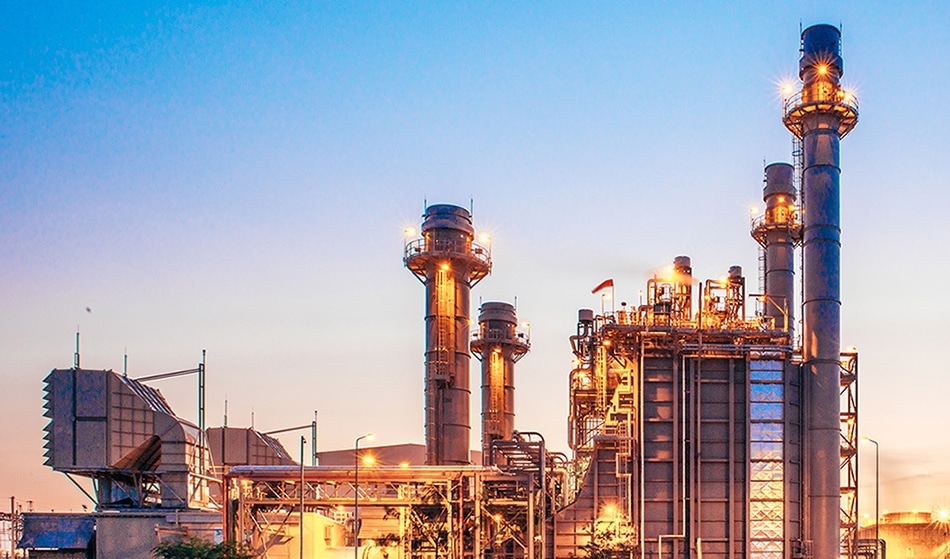Sensors are prevalent in any scientific industry and within everyday life. Sensors are continuously being developed, and their sensitivities are always being improved. Sensors within the energy sector are often employed to collect and transmit data in real-time. In this article, we look at the recent developments of sensor technologies within the energy industry.

Vacancylizm/Shutterstock
Sensors are used in the energy sector to create savings in both cost and energy. By analyzing and transferring data in real-time, sensors can aid in an increase of the durability, robustness, and reliability of the processes, the ability to self-power, the efficiency of wireless transmissions and the ability to undertake non-invasive installations. Overall, the implementation of advanced sensors has improved a range of areas including diagnostics, decision-making, analytics, optimization processes and integrated performance metrics.
Sensors can be found in all areas of the energy production process, regardless of whether the energy is from a renewable or non-renewable source. Examples of these sensors include sensors for monitoring oil and gas wells and pipelines, position sensors for wind turbine blades, absolute motion and direction sensors and non-contact harsh position sensors within power plants.
Sensors themselves are always in development to provide more sensitive measurements and are increasing in the type of data they can observe, but the real breakthrough in the energy sector has come from advances in data transfer and processing through the Internet of Things (IoT).
Combining Sensors with IoT
Sensor processes before IoT came along were much more expensive to maintain and run. High-end sensors used to cost over $1000 per sensor pre-IoT, so their use within the energy sector was limited due to the volume required. Since the IoT gained widespread usage, the price of these sensors is now less than $10 per sensor. Since these sensor technologies have increased in economic viability, their use throughout the industry is much more widespread and has shown to increase the performance across many areas.
So where does using IoT increase performance? Well, there are many areas. One of the most useful areas is in the frequency of data collection. Before IoT was implemented into sensors, the sensors used in the energy industry could only obtain one data point per day. Aside from providing a lack of data, the time taken to move the data often rendered the data irrelevant. With the advances in data recognition and transfer, the sensors used in the energy sector can now take measurements every minute or every second and provide data on a wide range of parameters, such as flow rate, pressure, and temperature. This advancement not only enables the data to be analyzed in real-time, but it also aids in the optimization of various operations within power plants and pipelines.

matamorworks/Shutterstock
Another area that has benefitted the energy sector is the development of ubiquitous data networks. Before the area of IoT came along, large-scale networks with the ability to gather data from sensor networks were very expensive. Nowadays, remote locations in the field can transmit data to a central location at much greater affordability and efficiency than ever before. The ability to collate data from many points in a process line has aided in the creation of lower running costs, higher production volumes and fewer equipment failures.
Cloud computing is another area within IoT that has provided sensors with much higher capabilities. Since cloud computing burst onto the internet scene, it has been readily adopted by many industries. For the energy sector, cloud computing has led to the realization of real-time computing, lower hardware costs and the integration of data analytics in many areas.
Software for data visualization and data management was both costly and primitive before advances in IoT came along. On the data visualization front, IoT advances have created new tools that can enhance productivity and energy companies can now create visual analytics for energy trading and subsurface modeling. For data management, new management tools have simplified data integration processes, which has resulted in lower costs and improved forecasting.
The advances in IoT, alongside networked data and information, is often referred to as Advanced Sensors, Control, Platforms, and Modeling for Manufacturing (ASCPMM). As computing technologies are always advancing, it is likely that further (and more efficient) advances in sensors within the energy sector are not too far away.
Sources:
Disclaimer: The views expressed here are those of the author expressed in their private capacity and do not necessarily represent the views of AZoM.com Limited T/A AZoNetwork the owner and operator of this website. This disclaimer forms part of the Terms and conditions of use of this website.